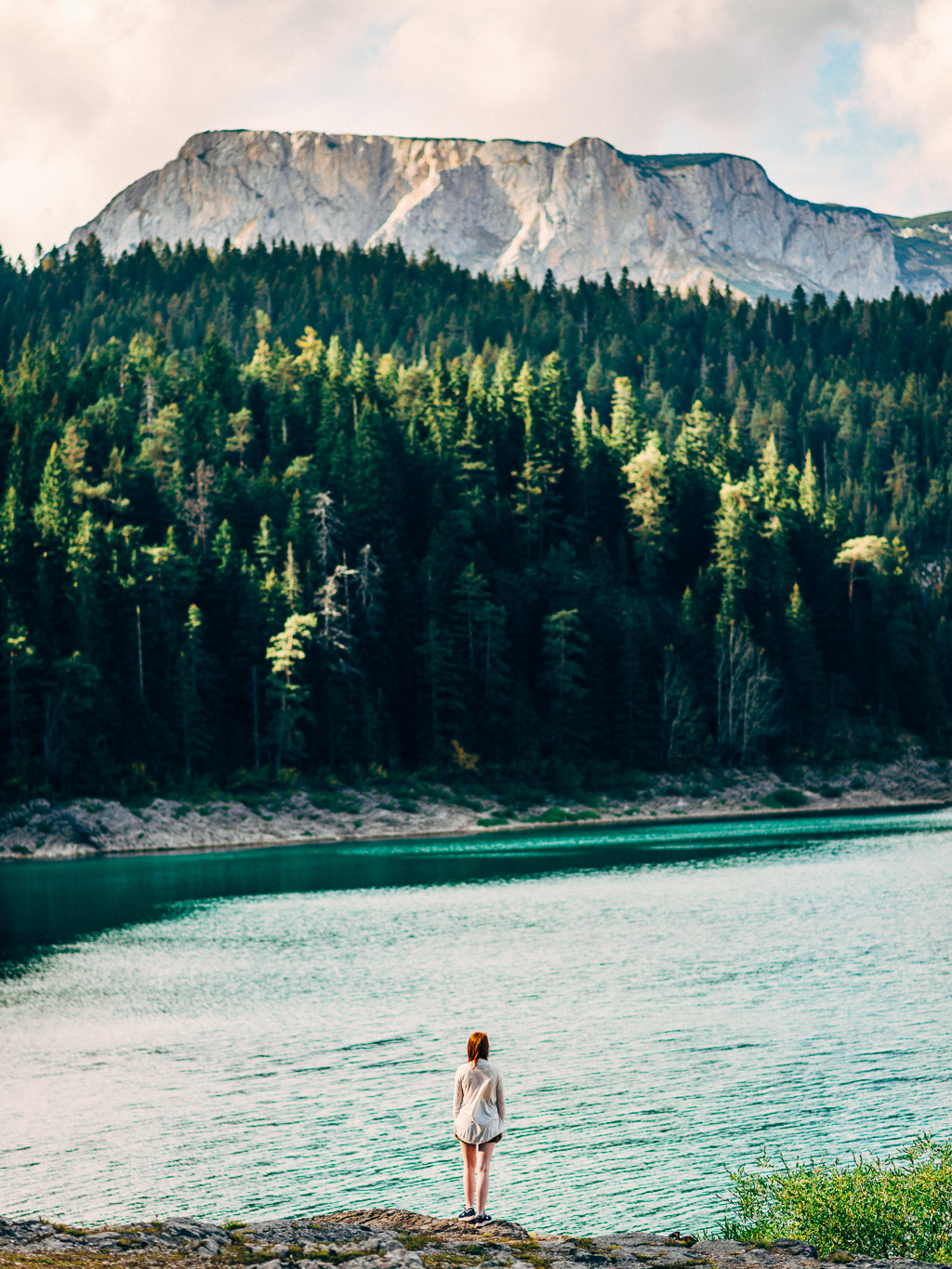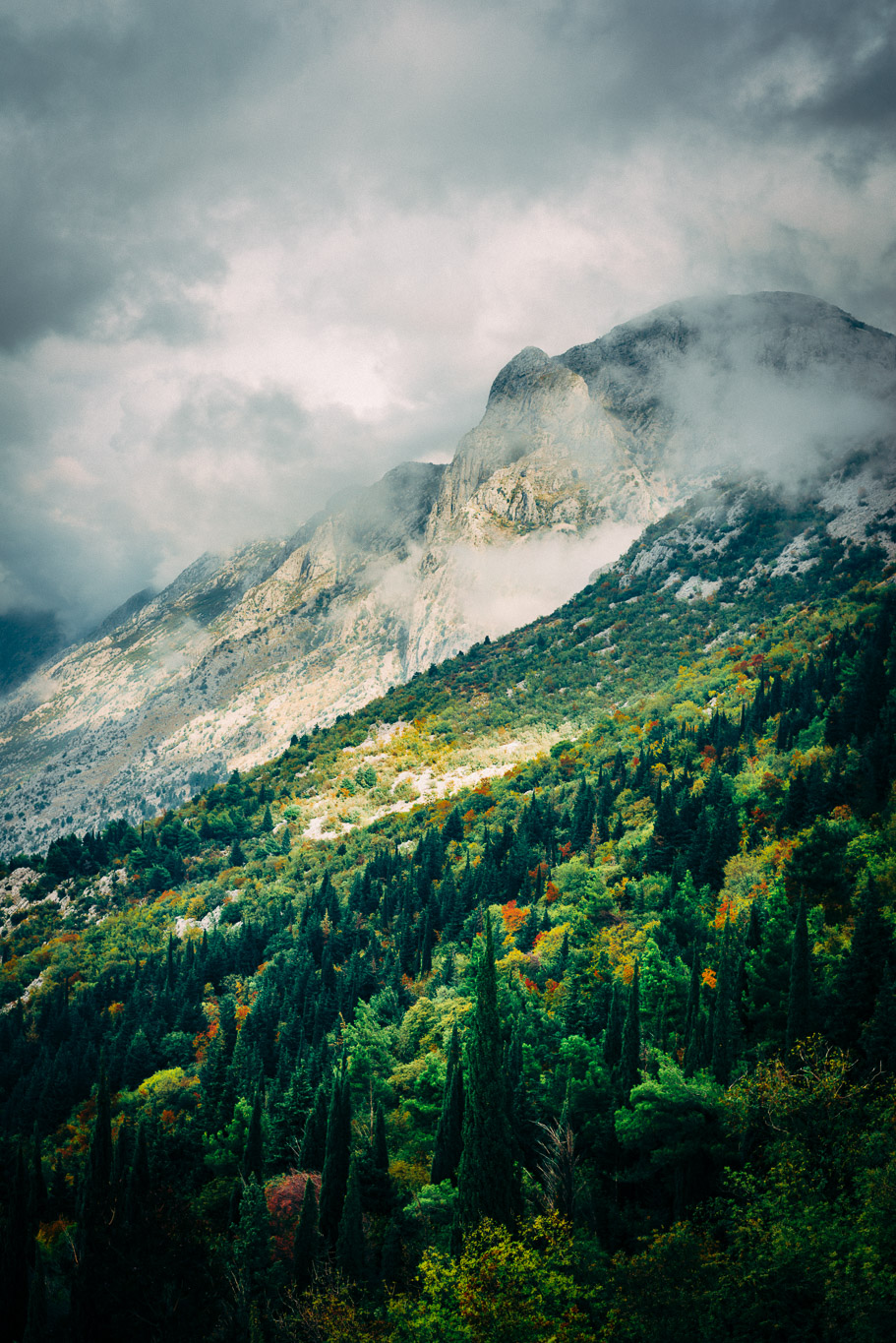The Adriatic sits as the serene gateway between Central Europe and the westerly fringes of the Balkan Peninsula, hosting some of the most stunning coastlines and countries steeped in history. Having travelled these region on numerous occasions I have always been fascinated with its maritime affiliation intertwined with a slower pace of life, all while being set amongst some of the most stunning landscapes in Europe. This time I managed to travel to something that’s been on my landscape bucket list for a long time, Montenegro.
Starting in the Northern part of the country, after a steady 3 hour windy drive from the Bay of Kotor, the stunning surroundings of Durmitor National Park rises towards you as you near. Encompassing the Dinaric Alps and hosting the country’s famous Black Lake, it is home to wild bears and wolves, this UNESCO world heritage centre provides some incredible landscapes to explore. My only regret was not organising to stay even longer than the time I had there, but I have every intention to return in the future.
Having visited the country in October, the indigenous pine laden northern landscapes were dotted with splashes of iconic autumnal hues of yellows and reds. The drive to this region from the south west is breathtaking and the serpentine roads through the mountains, particularly at autumn are something to be admired.
Overlooking the Tara River Canyon, one can really appreciate the serenity of this region of the less famous Dinaric Alps. Open to kayaking and zip lining or quiet get away, it is truly beautiful
One of the most immediate draws I had to Montenegro was my discovery of the Bay of Kotor. This incredible fjord region on the west coast of the country draws every visitor in to it’s incredible surroundings dotted with small villages all around it’s meandering bay.
Featuring Old Towns, chapels, man made islands and stunning mountainous views, this region was one of my favourites during my time here. Particularly relaxing was the numerous waterside restaurants where one could get a breakfast omelette and an espresso for around €5!
One small village on the fjord’s coastline is Perast. This beautifully peaceful area hosts a small road that runs alongside the shoreline with numerous eateries spaced among little docks, all built in the traditional sandstone architectural form that is so iconic in the Adriatic region.
One of Bay of Kotor’s most iconic sights is the manmade island of Our Lady of the Rocks whose foundations are made from a mixture of generic rock coupled with old and seized ships that were also loaded with rock.
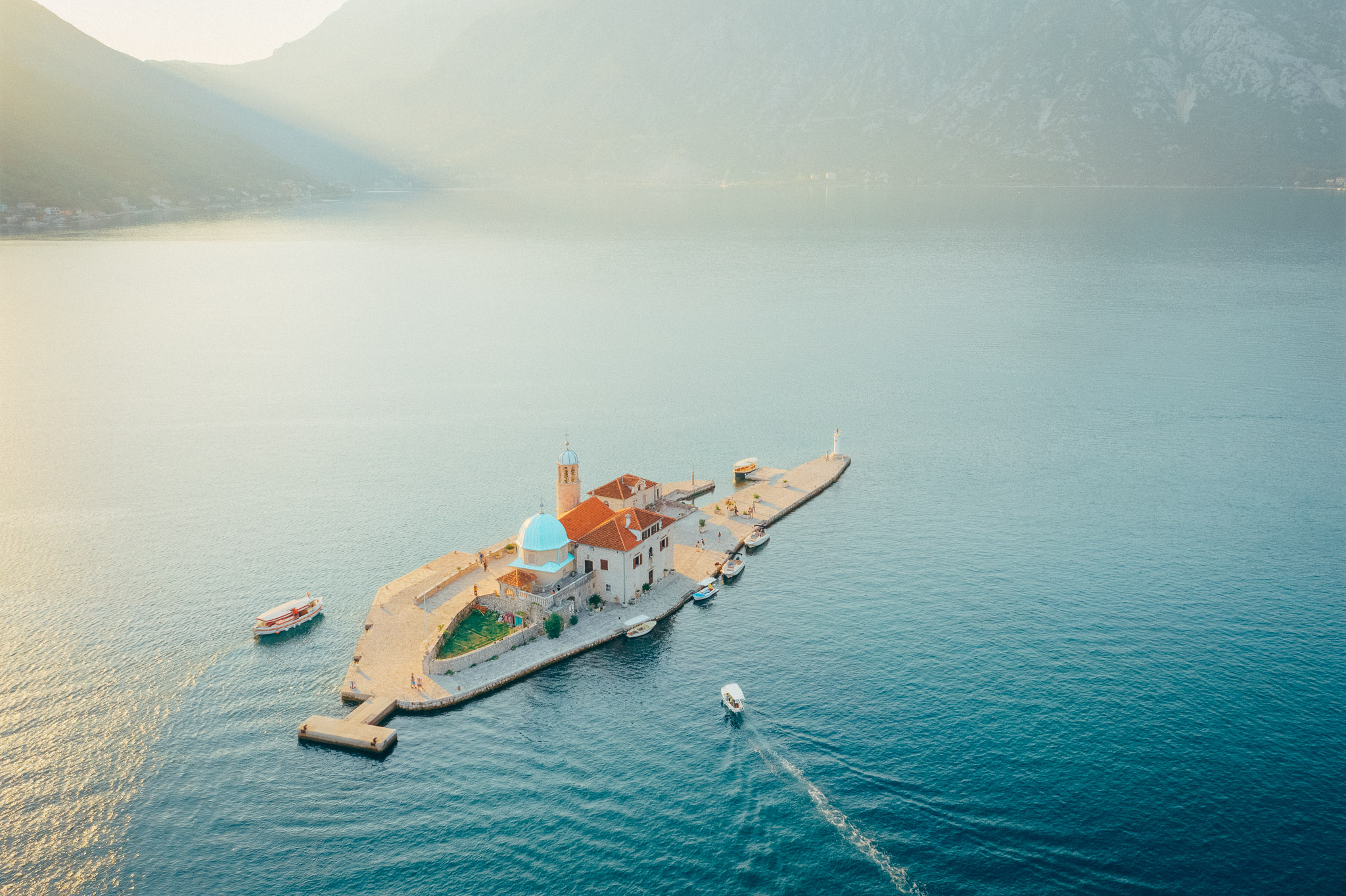
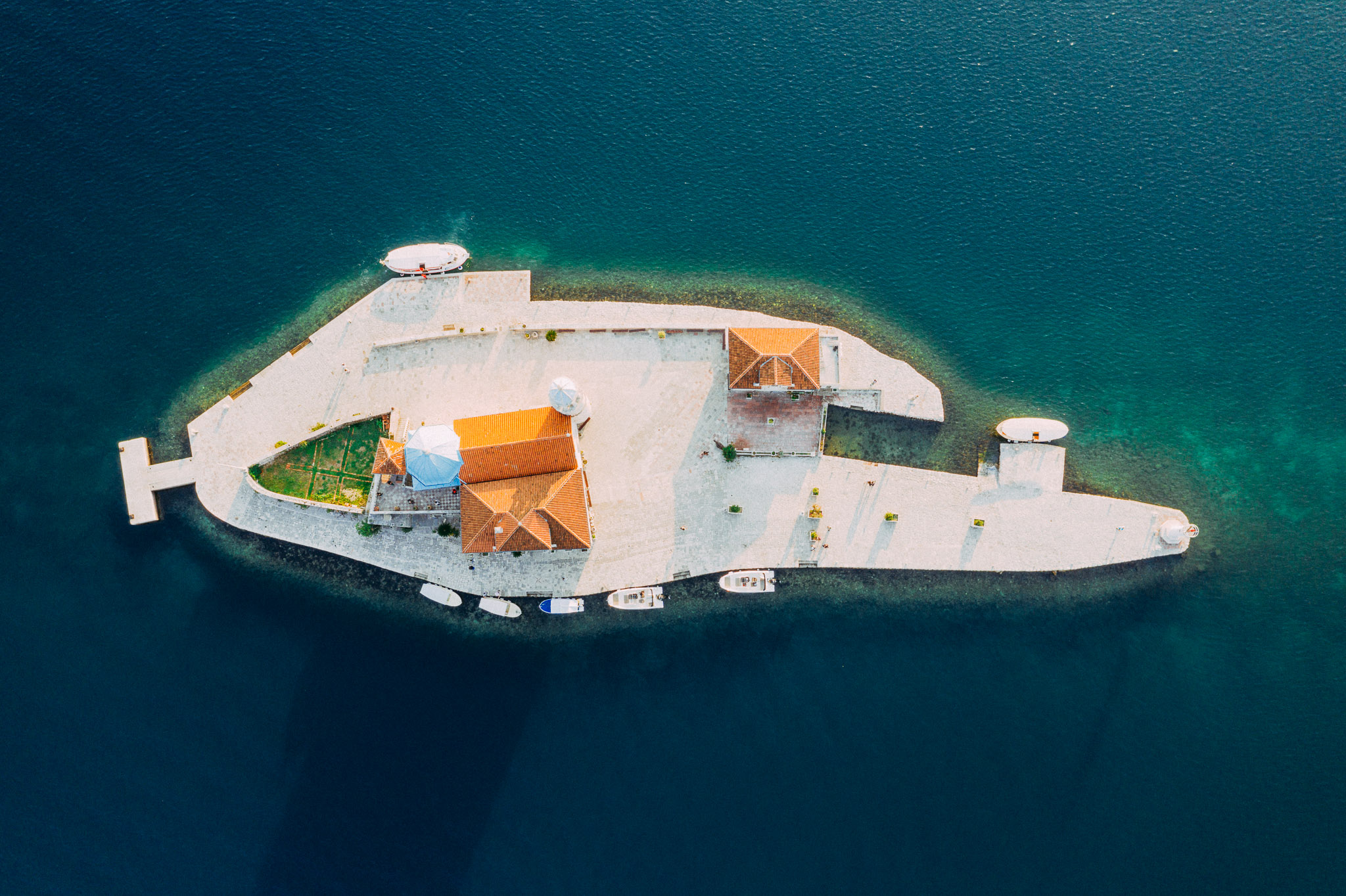


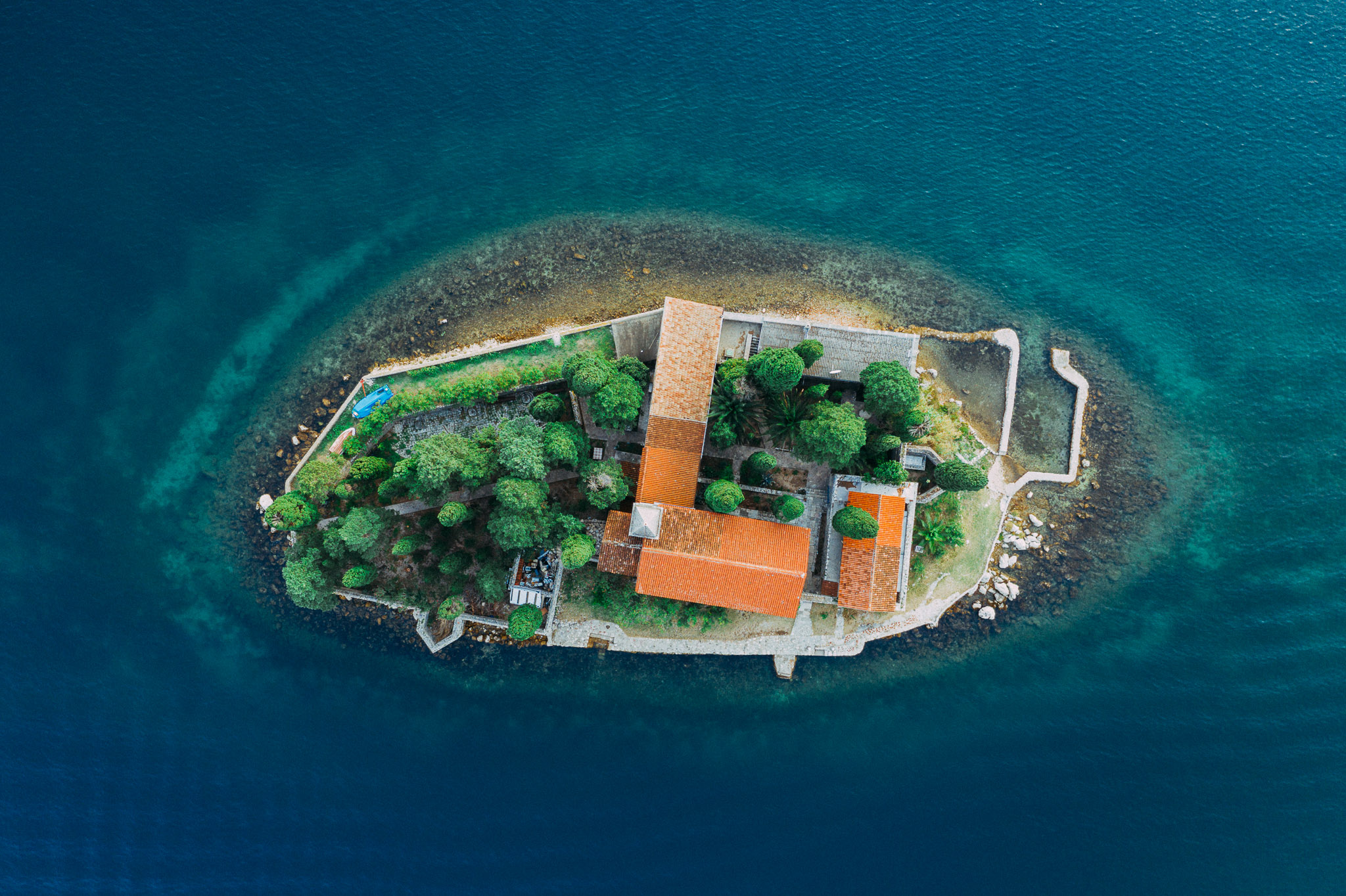
The Adriatic coastline never fails to impress, regardless of which international border it laps against. Budva being the most famous of Montenegro’s coastal towns, it is home to a stunning Old Town, with narrow cobblestone lanes that open into a variety of beautiful plazas featuring plenty of al fresco dining options.
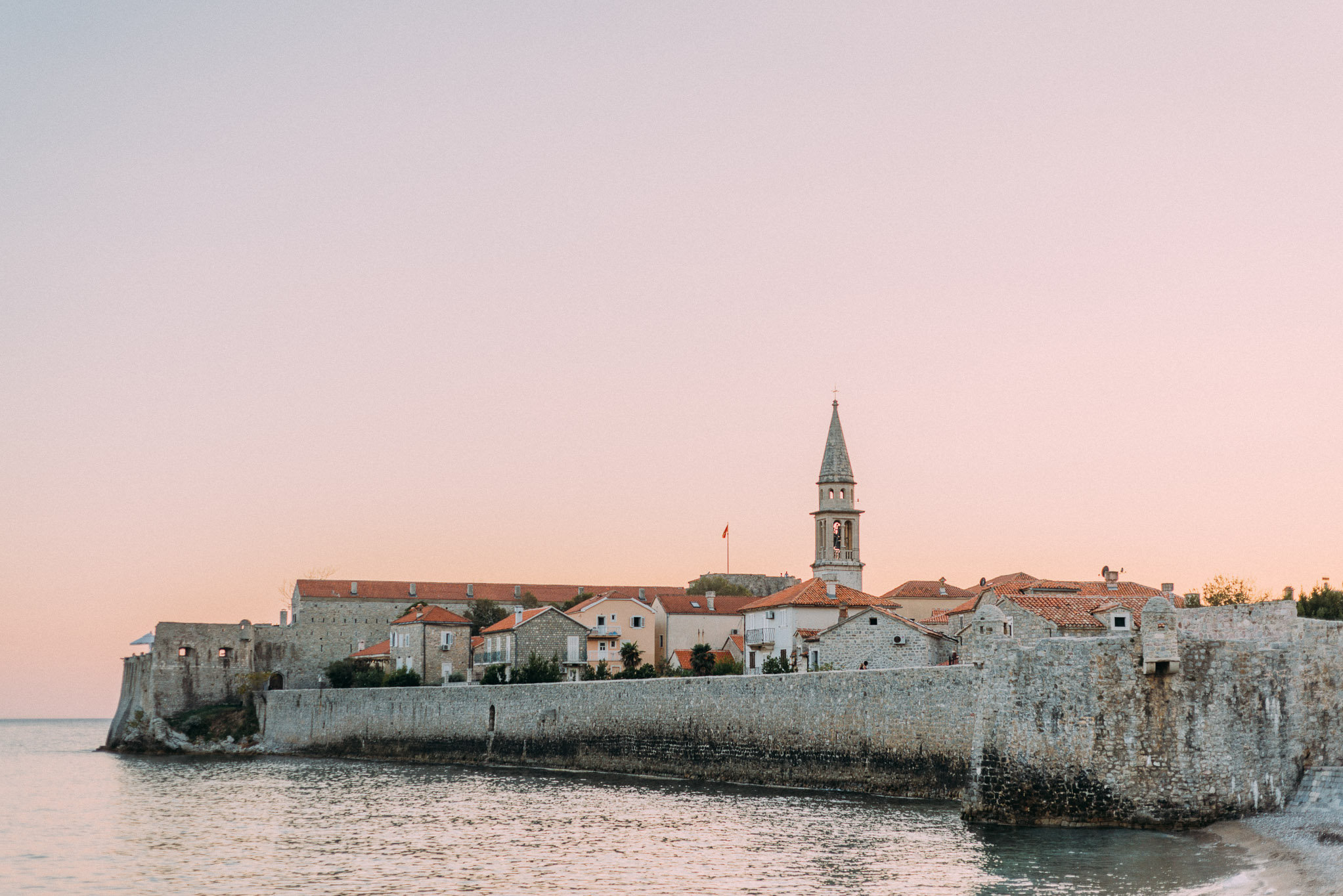
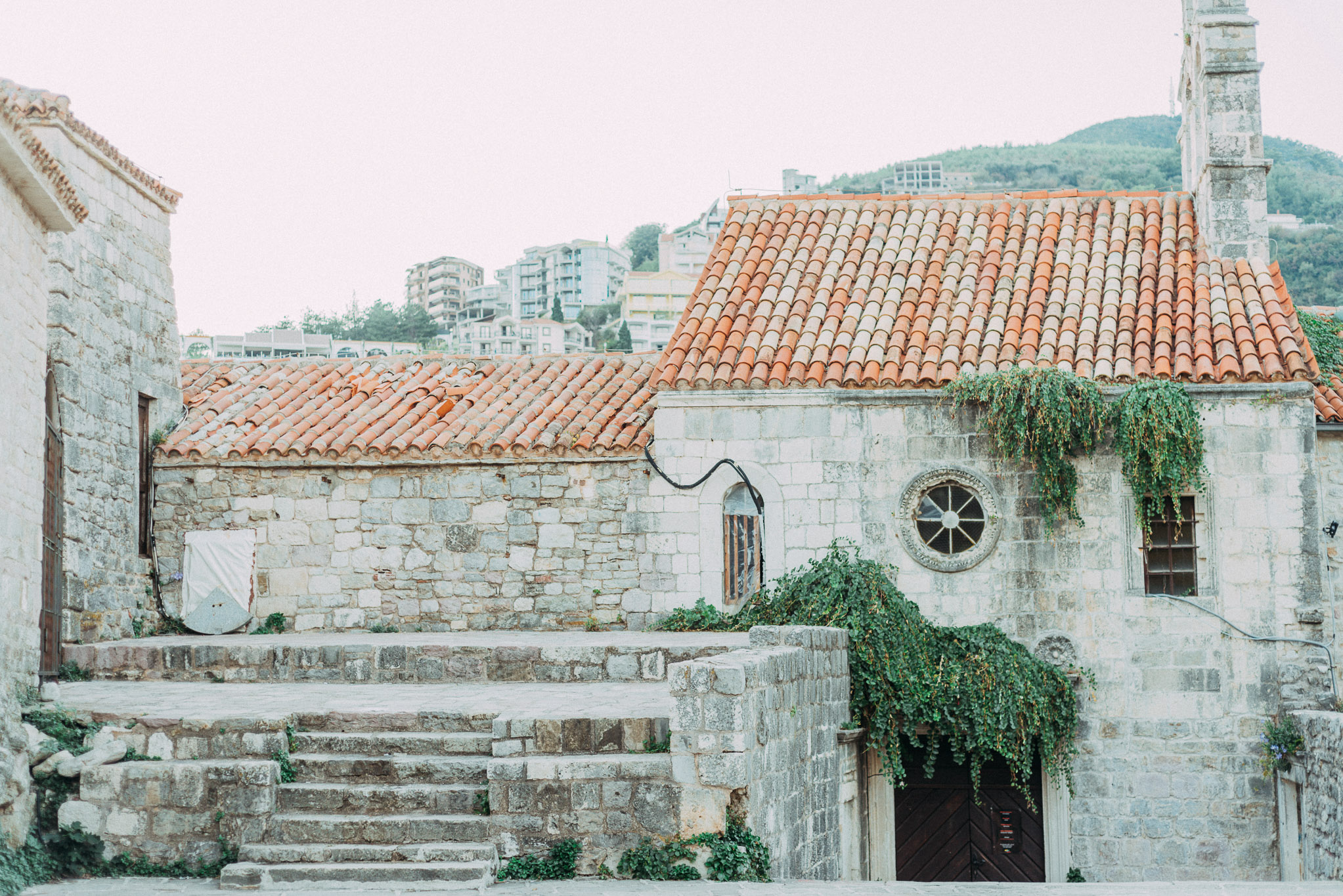
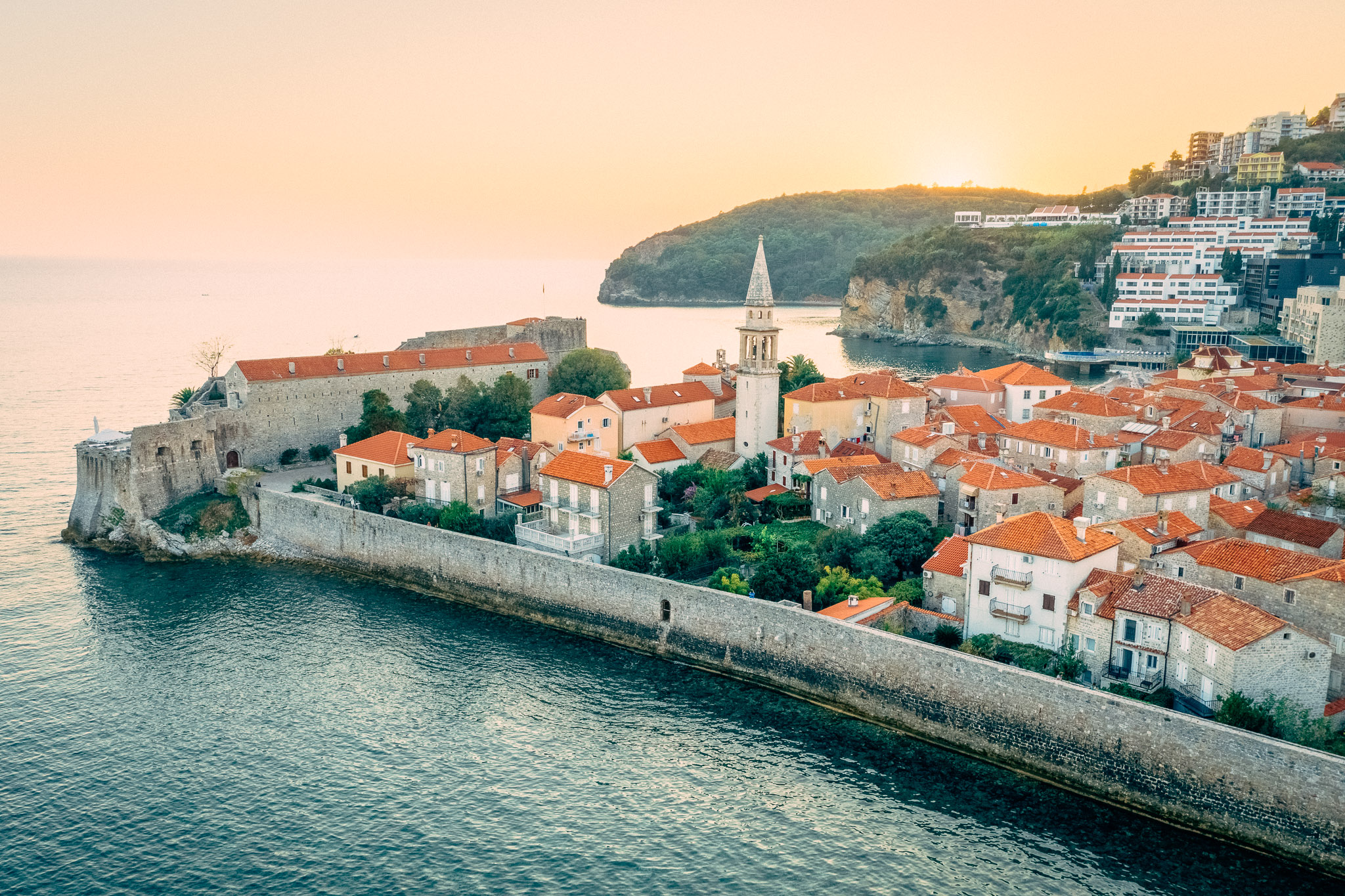
Within viewing distance from the old town and available for excursions, is the small island of Sveti Nikola, set amongst the crystal clear waters of the Adriatic.


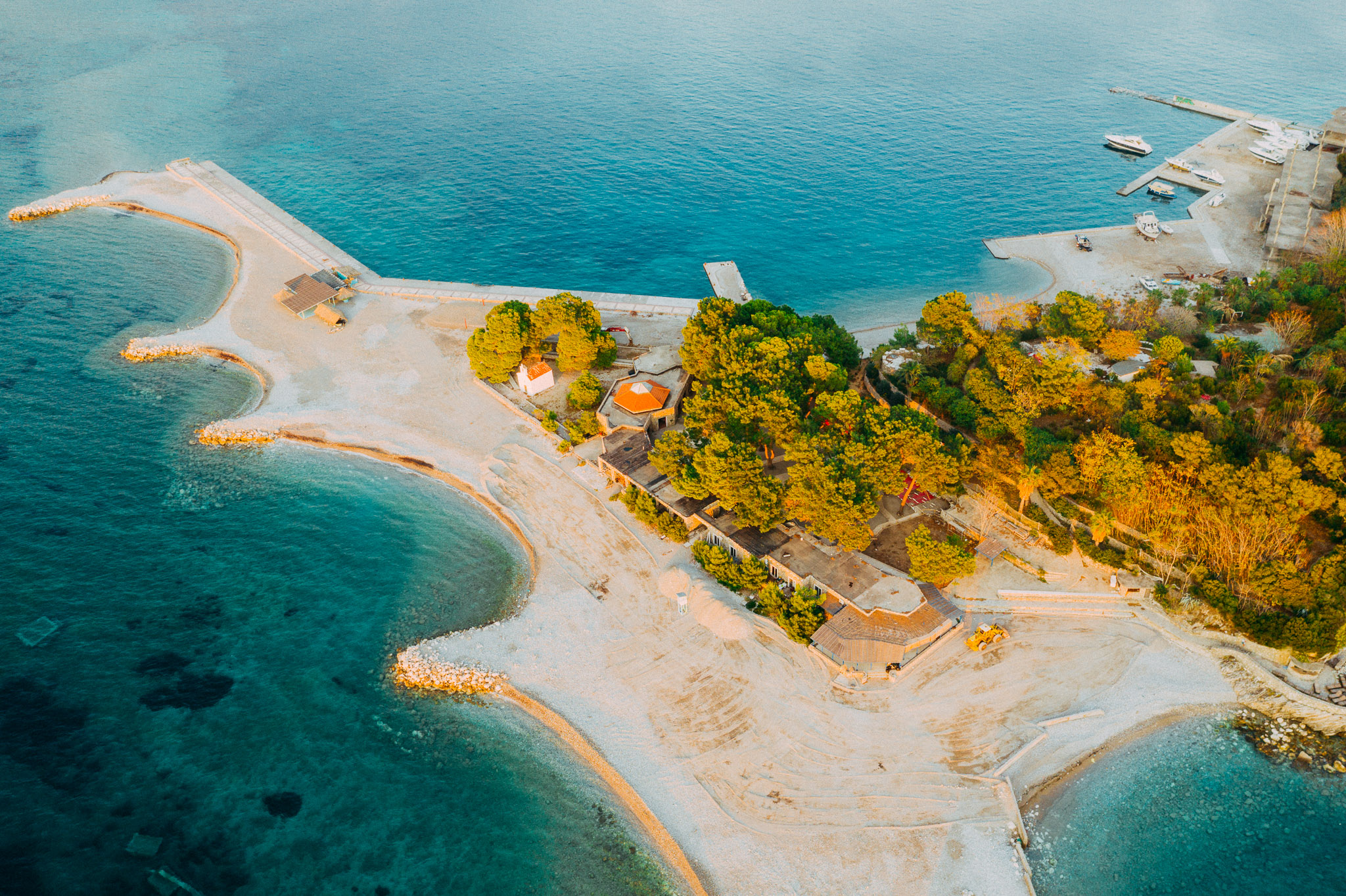
Other small fishing and elite establishments could be found in the sleepy village of Petrovac or the more northerly and famous private resort of Sveti Stefan.

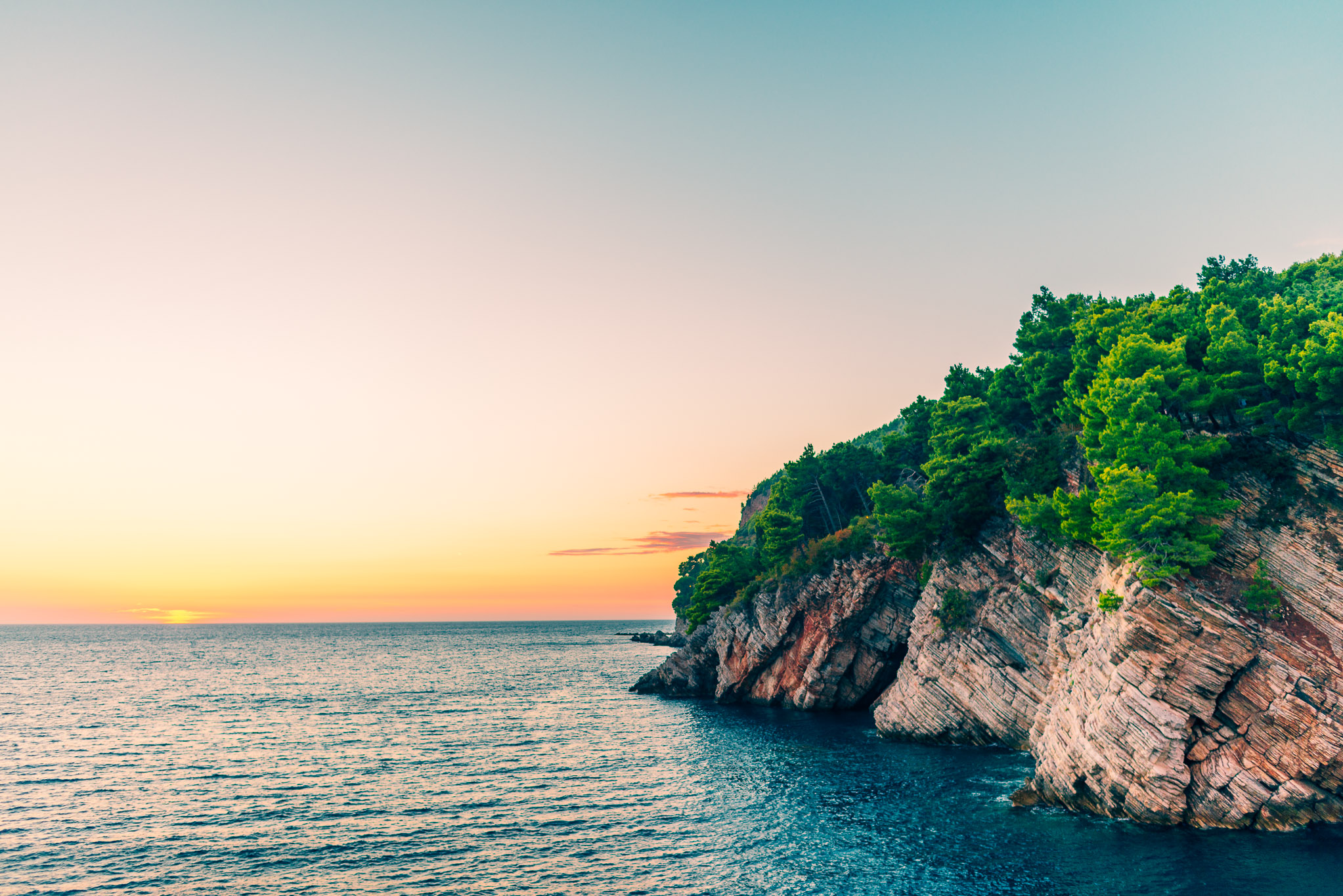
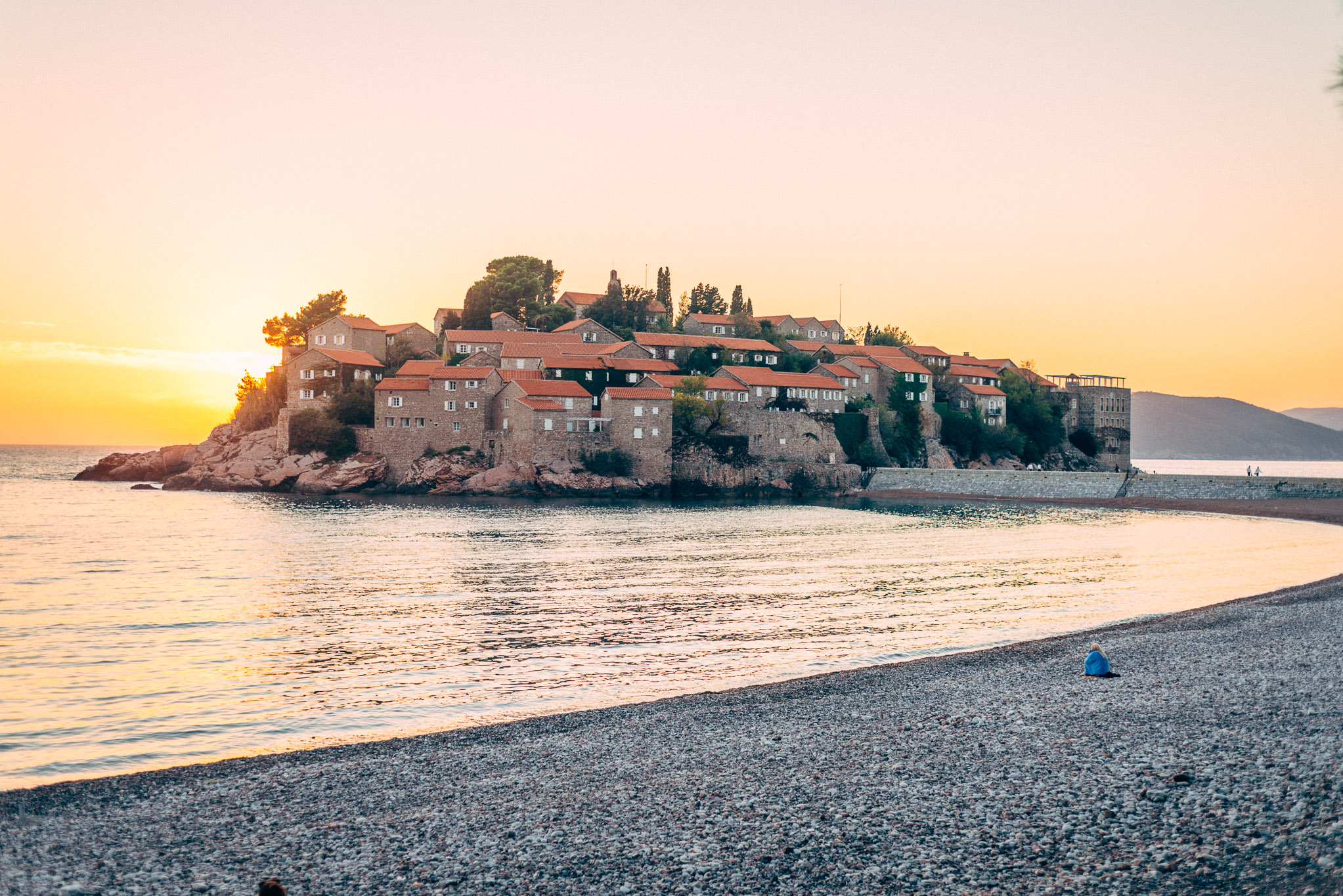
Despite the country's miniature size and situated next to its more popular neighbour Croatia, Montenegro manages to feature an incredible range of landscapes and I hope to return again to the northern region of the country to explore the Dinaric Alps even further.



